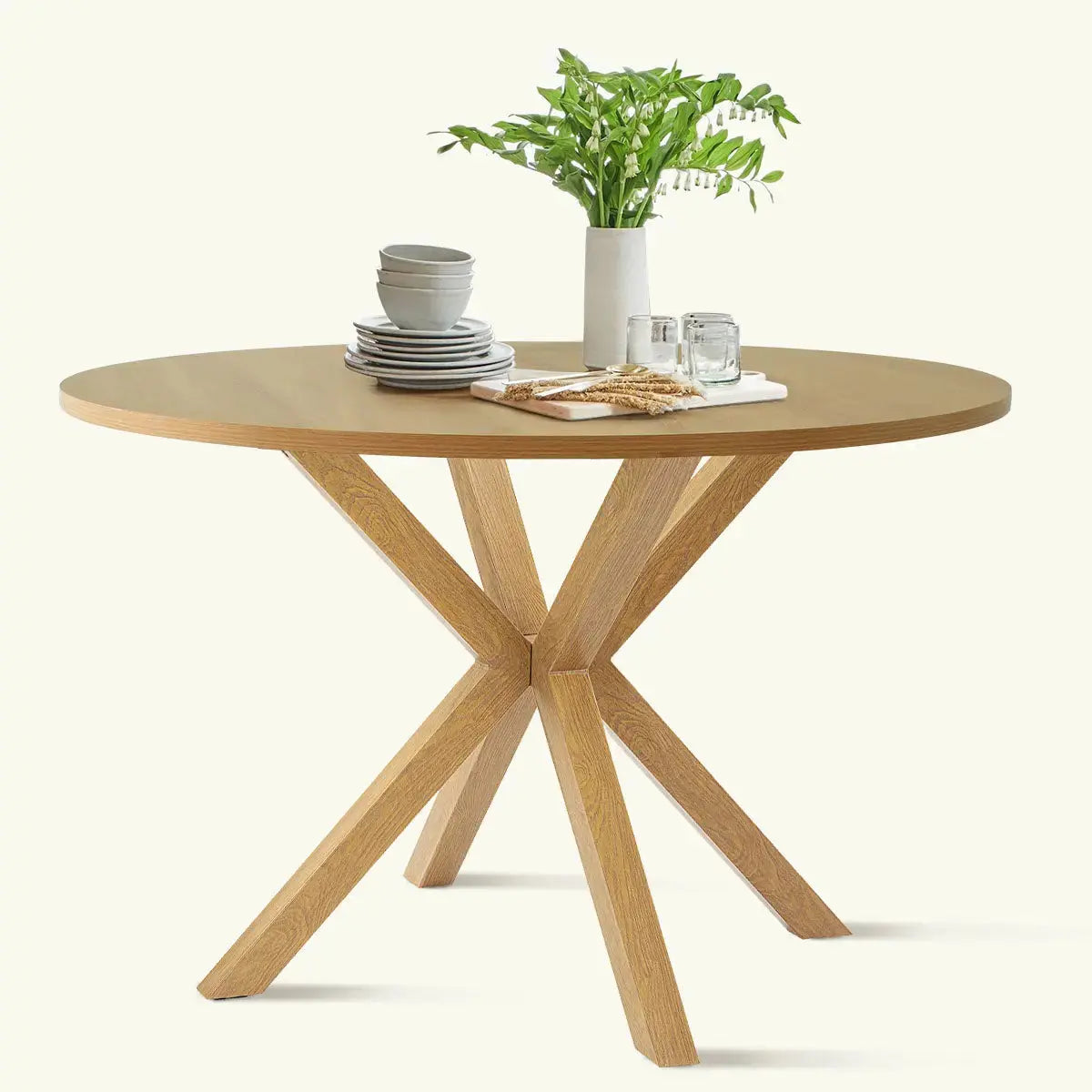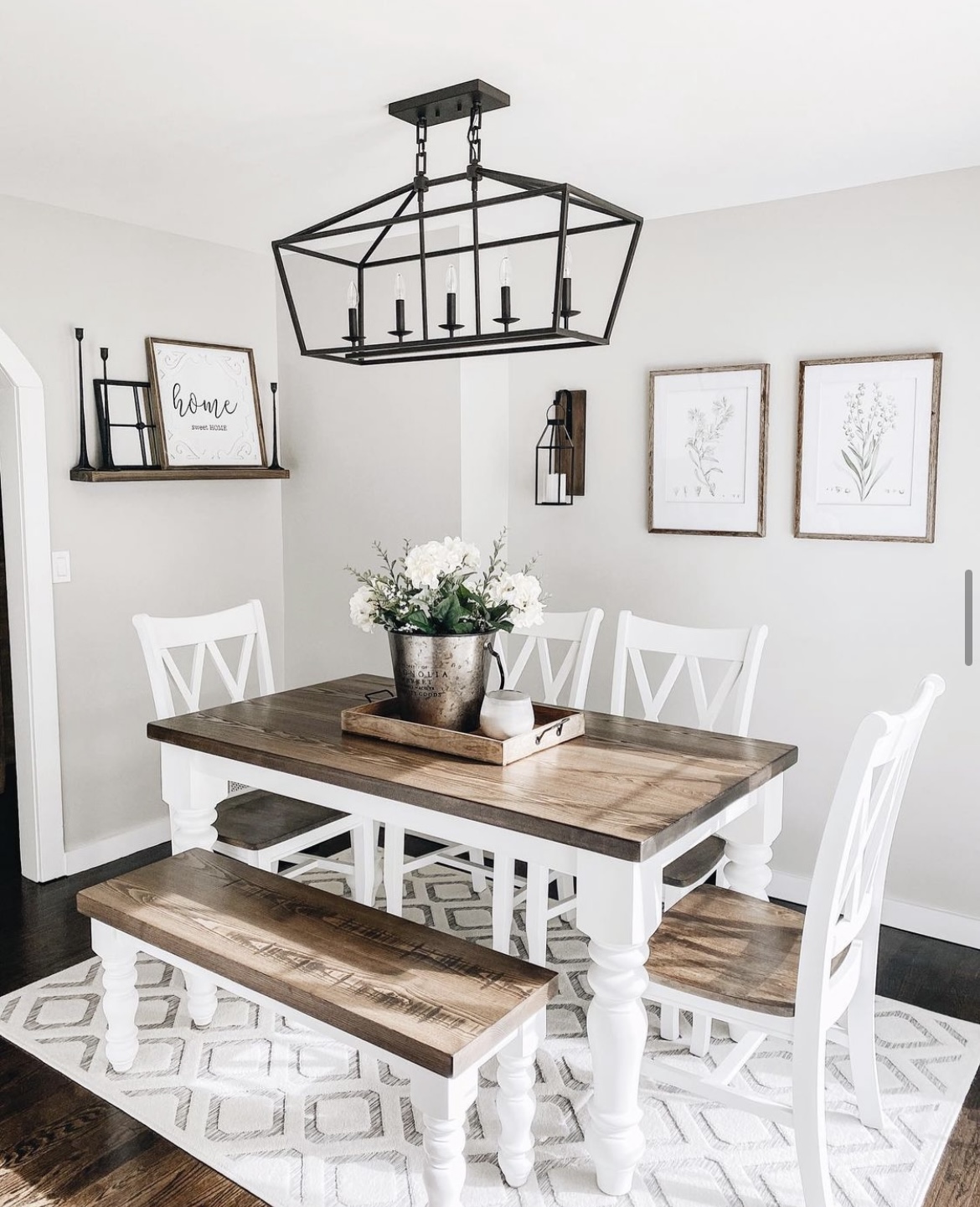Simple Steps to Replacing Old Dining Room Table Legs with New Ones
Simple Steps to Replacing Old Dining Room Table Legs with New Ones
Blog Article
From Conventional to Modern: Find the Ideal Dining-room Table Legs for Your Design
The choice of dining-room table legs plays a crucial duty in specifying the total character of your area, bridging the space between conventional workmanship and modern aesthetics. While classic designs such as cabriole and transformed legs stimulate a sense of timeless sophistication, modern designs like hairpin and geometric options provide a chance for striking visual rate of interest. Reviewing the appropriate balance between these styles requires a nuanced understanding of your existing design and personal taste. As you take into consideration these elements, the question remains: just how can you flawlessly incorporate these varied leg styles to create a harmonious dining experience?
Comprehending Table Leg Styles
The selection of dining-room table leg styles can substantially influence both the visual appeals and functionality of the space. Each leg style contributes one-of-a-kind aesthetic aspects and sensible attributes, dealing with varied style choices and use requirements. Comprehending these designs is essential for selecting the ideal dining table that straightens with your overall indoor design vision.
For circumstances, tapered legs provide a tidy, traditional look that can improve a space's style, while stand bases provide stability and take full advantage of legroom, making them ideal for smaller sized areas. Hairpin legs, a trademark of mid-century modern-day layout, introduce a commercial flair, permitting a ventilated, open feeling. Trestle legs evoke rustic appeal, giving robust assistance and a sense of timelessness.
Additionally, the selection of products plays a significant role. Wooden legs can bring heat and texture, whereas steel alternatives typically communicate a sleek, contemporary ambiance. Ultimately, comprehending table leg designs is vital for developing a cohesive dining location that shows personal style while making sure practicality and convenience. By thoughtfully taking into consideration these aspects, you can improve both the functional and visual allure of your dining room.
Traditional Table Leg Options
When picking dining area table legs, typical alternatives often symbolize timeless style and craftsmanship. These layouts show a rich heritage and a commitment to top quality, making them excellent for those who appreciate traditional visual appeals.
Among one of the most legendary traditional leg styles is the cabriole leg, identified by its elegant rounded form. This design usually includes decorative carvings and is most typically discovered in Queen Anne and Chippendale furnishings. One more prominent option is the turned leg, which boasts a series of smooth, rounded shapes that provide a classic appearance while preserving security.
Moreover, the straight leg, while simple, provides a basic and tough structure that can mix seamlessly with a variety of tabletop designs. For those attracted to ornate detailing, claw-and-ball feet legs stimulate a feeling of magnificence and can function as a sensational prime focus in any eating area.
Last but not least, pedestal bases, although not strictly legs, supply an alternate standard option that allows for enough legroom and can be beautifully sculpted. Each of these typical leg styles adds to the total setting of a dining-room, weding function with visual allure.

Modern Table Leg Layouts
Modern table leg designs supply a diverse series of designs that stress ingenious materials and tidy lines. These layouts commonly focus on capability while functioning as striking centerpieces within a dining room. Minimal appearances are common, with legs crafted from products such as steel, glass, and crafted timber, which add to a ventilated and contemporary feel.
One popular design is the barrette leg, identified by its slender, tapered structure that supplies stability without frustrating the tabletop (dining room table legs). This design is usually discovered in mid-century modern-day furniture and can easily enhance different eating table forms. An additional trend is making use of geometric shapes, where legs might take on angular or asymmetrical types, adding visual interest and a touch of creativity

Blending Designs for Unique Rooms
Frequently, house owners seek to create one-of-a-kind dining rooms that mirror their individual style by mixing various design aspects. This strategy permits the incorporation of diverse aesthetic appeals, causing a harmonious yet distinct atmosphere. Combining a rustic wooden table with streamlined, contemporary metal legs can produce an appealing contrast that boosts the area's overall charm.
Additionally, incorporating vintage table legs with modern tabletops can stimulate a feeling of background while keeping a modern perceptiveness. Such mixes not just her explanation showcase specific taste but likewise encourage imagination, permitting property owners to curate a room that really feels both personal and inviting.
Shade plays a crucial function in this mixing procedure; choosing table legs that enhance or contrast with the existing color plan can boost visual passion. Whitewashed legs can soften the boldness of a dark table surface area, creating a well balanced visual.
Tips for Selecting the Right Legs
Selecting the right table legs is necessary for accomplishing both functionality and visual appeal in your dining area. Begin by taking into consideration the total style of your room. Standard settings take advantage of legs that include complex carvings or turned styles, while modern spaces may require sleek, minimal designs.
Following, analyze the elevation and security of the legs. dining room table legs. Basic table vary in between 28 to 30 inches in height, so guarantee the legs complement this measurement for comfort. Furthermore, durable materials, such as wood or metal, can enhance stability and longevity
Examine the leg shape too-- alternatives consist of straight, tapered, or stand designs. Straight legs use a classic look, while tapered legs can add a touch of sophistication. Pedestal bases offer sufficient legroom and are optimal for smaller areas.
Conclusion
In summary, picking the suitable eating space table legs calls for mindful factor to consider of both contemporary and standard styles. By harmonizing leg design, height, and material with the general design, a cohesive and welcoming ambience can be attained.
The variety of eating area table the original source leg designs can considerably affect both the aesthetic appeals and functionality of the area. Inevitably, understanding table leg designs is important for creating a cohesive dining location that reflects personal style while making certain usefulness and convenience.One of the most renowned standard leg styles is the cabriole leg, defined by its elegant curved form. Straight legs supply a timeless appearance, while tapered legs can add a touch of beauty.In recap, picking the perfect dining space table legs needs mindful consideration of both modern and typical designs.
Report this page